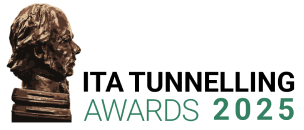Venizelou Metro Station, Thessaloniki, Greece

During excavation of the Venizelou metro station in the heart of Thessaloniki, Greece, a section of the ancient Decumanus Maximus road was encountered along with the remains of shops and houses. The discovery halted the whole project for several years while the owner, contractor, and the Hellenic Archaeological Council, considered what-to-do options. After thorough consideration, conventional cut-and-cover was implemented requiring temporary relocation of the archaeological finds and their return to original places within a completely redesigned station layout, making it the first and biggest open living museum and archaeological site integrated into a technical project. The project satisfied all parties taking into account constructability, schedule, cost, safety against potential risks, preservation of the valuable antiquities plus free access for citizens to an interesting and educating living underground museum. Since the Metro system opened, the local community has rewarded the project with enthusiastic positive appraisal.
























